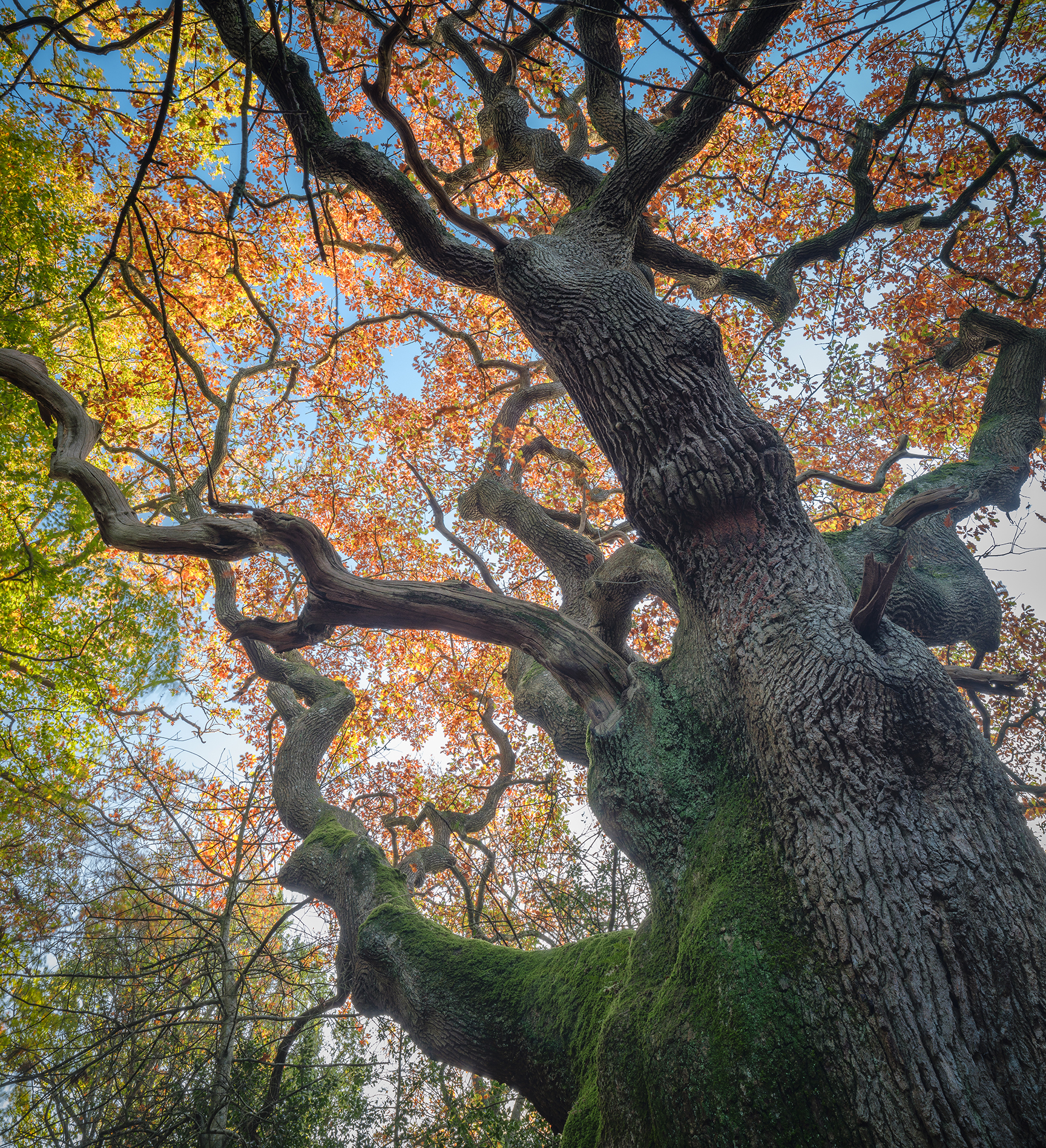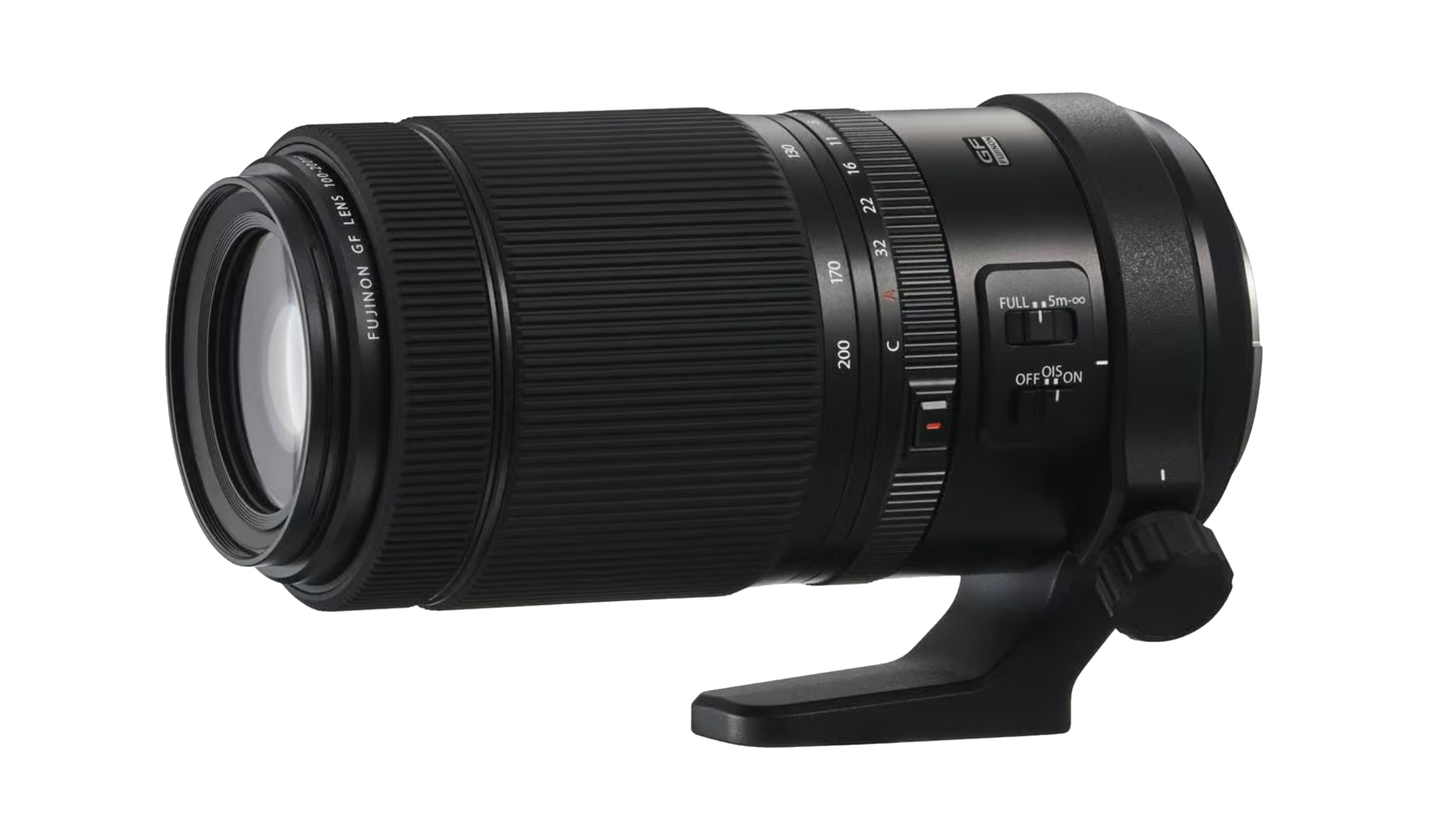Landscape Photographer of the Year reveals how to convey impressions in just one shot
Mik Dogherty gives pro advice, talks about the challenges behind his winning image and his essential gear

Landscape photographs aren’t just about the beautiful surroundings of our environment, they are a document of time. Natural phenomena, the elements and how the landscape changes around us is a fascinating topic. Due to the availability and aesthetics, plenty of creatives choose this as a subject.
“I entered the image ‘After the fire’ into the UK Landscape Photographer of the Year competition because of the way the heath fire had destroyed the character of this local heathland. It went from life to death and then the regeneration could begin,” Mik says. He passes this spot every time he travels through the New Forest National Park and when a local heath fire destroyed the landscape, he saw the photographic potential of the scene. “It needed to be a panorama to give a perspective of the size of the area affected,” he explains.
The landscape is constantly changing due to the time of year, weather and natural phenomena. It’s worth visiting the same location throughout the year to capture how these elements affect the scene. This will provide you with valuable experience and new challenges to overcome in terms of lighting and weather conditions, as well as help you develop your photographic style.
Since landscapes cover a large area, it is difficult to decide what to include and exclude in the frame. There may also be distractions that cannot be easily removed from the scene. Therefore, it is important to take time to observe and appreciate the natural environment before deciding on how to frame the shot. Alternatively, you could consider returning at different times of the year or in different weather conditions to capture the scene.
“I wanted to hide the view of the large Fawley oil refinery complex in the background, with its towers and chimney stacks. I had to consider that I would need to wait for a foggy or misty morning before I could get the shot I’d seen,” Mik says. This decision not only eliminated distractions but also added a layer of atmosphere to the photograph. Considering the atmosphere the natural environment gains through the weather is crucial to enhance the image’s mood, and distinguishes this image as a professional shot.
The most important ingredient of a pro landscape shot is the light. However, natural light is also the most challenging source to work with. “When that morning came with the great sunrise there was a low, thick mist. Shooting towards the sun could have been an issue, but the mist helped diffuse its brightness, allowing me to increase the exposure slightly to give more detail in the foreground,” Mik says. Waiting for the ideal weather and sun can be limiting, but it’s advisable not to wait too long. “Now, months later, the lone tree has fallen and most of the burnt skeletal remnants of gorse bushes have gone, mostly devoured by the grazing ponies. This picture no longer exists and the gorse is already growing back”.

Mik Dogherty is an outdoor photographer, based in the New Forest National Park in southern England. Mik is self-taught and had been a keen film photographer in his younger years, although a career in the Royal Navy and then the petrochemical industry had put his hobby on hold. In 2010, the advent of digital cameras helped Mik to revisit his passion. After suffering from mental health issues, Mik took early retirement, giving him the time and mindfulness to follow his photography hobby with dedication. His recent win in the LPOTY competition for the image above is a new highlight of his career.
Pro Advice
Weather can affect the mood of an image – and the lifespan of your gear!
1. Think about weather
“Once you have found a great shot, it’s always worth considering not just the composition, but the ‘atmospherics’. Try to think about what the best weather conditions could be for that photograph – whether that’s fog, a moody sky, sunset, rain, snow, diffused light, strong, direct light or flat light – and then maybe come back at another time to shoot when the conditions are perfect.”
The best camera deals, reviews, product advice, and unmissable photography news, direct to your inbox!
2. Take care
“Bear in mind the old phrase ‘Failure to prepare is preparing to fail’ so, once you get home, take care of your kit straight away by charging batteries and cleaning lenses and filters so it is ready to go for the next outing.”
3. Protect your gear
“If you have been using a tripod, when folding it away, don’t push the bottom legs all the way up but, instead, leave the width of a hand between the foot or spike and the bottom of the next leg section. That stops forcing mud, sand and moisture up into the tripod workings and causing the legs to jam.”
Kit essentials
Fujifilm GFX 50S II
The medium format camera is the fifth model in the GFX series, with a 51.4MP sensor and X Processor 4 image processor.
Fujinon GF 32-64mm f/4
This lightweight lens (875g), provides effortless switching between wide-angle and standard angles of view, all while maintaining a constant f/4 aperture rating.
Fujinon GF 45-100mm f/4

This lens is highly versatile and perfect for all types of photography, thanks to its optical image stabilization technology that provides up to five stops of stability.
Fujinon GF 100-200mm f/5.6
The lens features two Super ED elements and an aspherical element that minimise chromatic and spherical aberrations while improving clarity as well as sharpness.
Kase Magnetic circular ND filters and Polariser

ND filters control the light in bright scenes or when using long exposure times, while polarizers enhance colors and reduce glare, reflections and haze.
Benro Mach3 Series3 TMA38CL Tripod

A stable carbon fiber tripod with a maximum load capacity of 16kg. The tripod features detachable rubber feet and metal spikes, ensuring stability for use both indoors and outdoors.
Benro GD3WH Precision Geared Head

When composing, this geared tripod head allows for precise positioning thanks to three independent movement options and accurate leveling with three bubble levels.
This article originally appeared in Digital Photographer, a monthly magazine, and the kitbag essential for pros, enthusiasts, and amateurs alike!
Inside, you'll find practical guides, shooting tips, and techniques from working photographers, plus all the latest industry news.
Digital Photographer is the ultimate monthly photography magazine for enthusiasts and pros in today’s digital marketplace.
Every issue readers are treated to interviews with leading expert photographers, cutting-edge imagery, practical shooting advice and the very latest high-end digital news and equipment reviews. The team includes seasoned journalists and passionate photographers such as the Editor Peter Fenech, who are well positioned to bring you authoritative reviews and tutorials on cameras, lenses, lighting, gimbals and more.
Whether you’re a part-time amateur or a full-time pro, Digital Photographer aims to challenge, motivate and inspire you to take your best shot and get the most out of your kit, whether you’re a hobbyist or a seasoned shooter.






